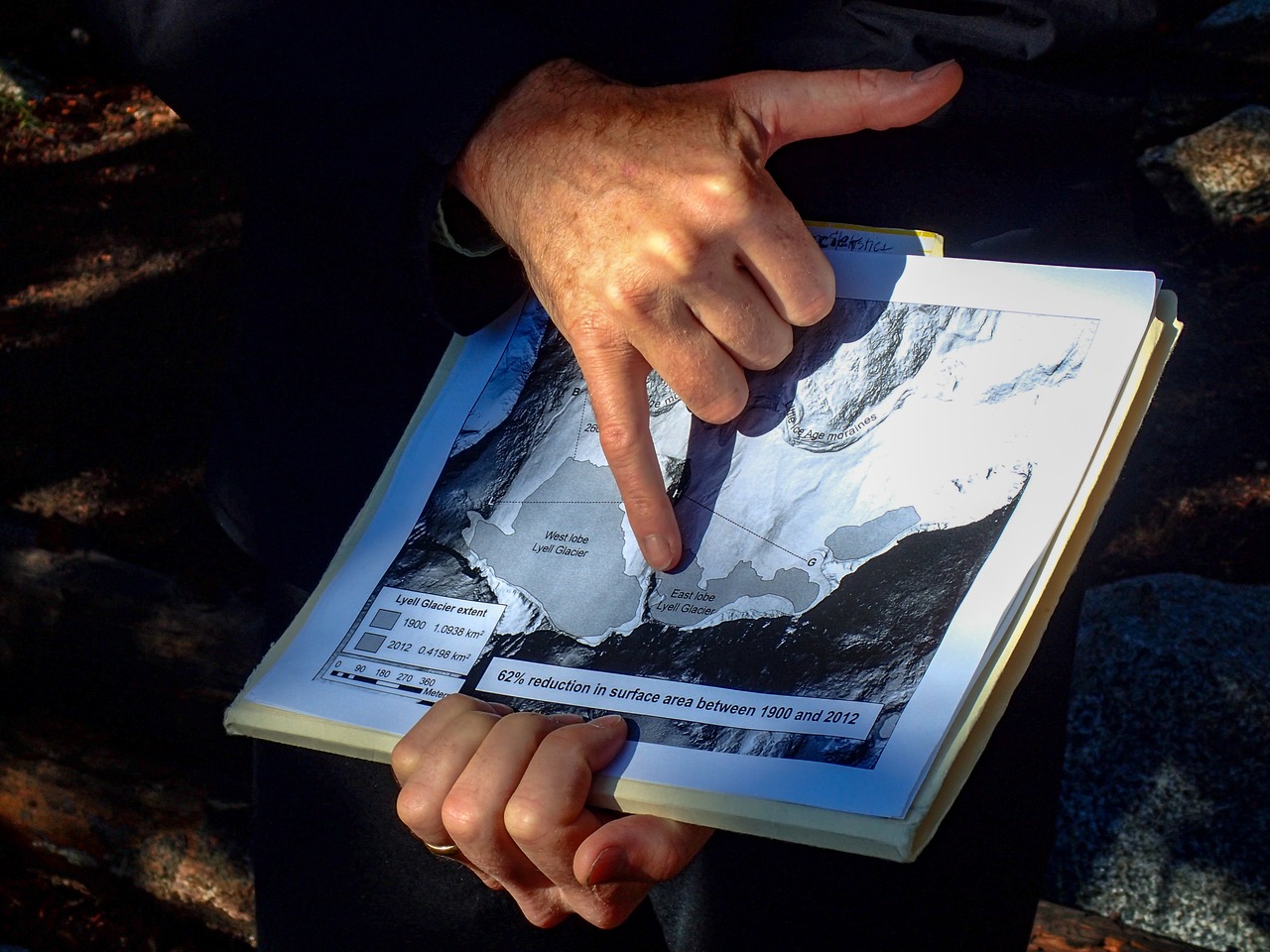*This is a 2018 archived project, view this year’s projects here.
Yosemite’s Lyell and Maclure glaciers lie at the headwaters of the Tuolumne River. The ice bodies have been shrinking for decades, but the 2012–2015 California drought accelerated their retreat. Glacial melt fed the river during that dry stretch, at some points forming up to 90 percent of the flow through Tuolumne Meadows.
Both glaciers are projected to disappear within the next 10 to 20 years. What will that shift mean for water availability within and beyond the park? With your support in 2018, scientists measured effects of the recent drought and examined the glaciers’ role in park ecosystems. Drawing on data from field surveys, river gauges, and laser-based measurements, scientists found that between 2012 and 2016 the glaciers had thinned by an average of 8.6 meters (Lyell) and 10.2 meters (Maclure), and that melting ice plays an important role in and around the Tuolumne River, especially during drought years. Results from this grant-funded research will help inform strategies for managing natural resources in an ice-free Yosemite, leaving the park better prepared to adapt to changing environmental conditions.
Your gifts funded critical research on a rapidly vanishing natural resource to help Yosemite plan for — and thrive in — the future.
Completed in partnership with Yosemite National Park, NASA and the University of Colorado.

